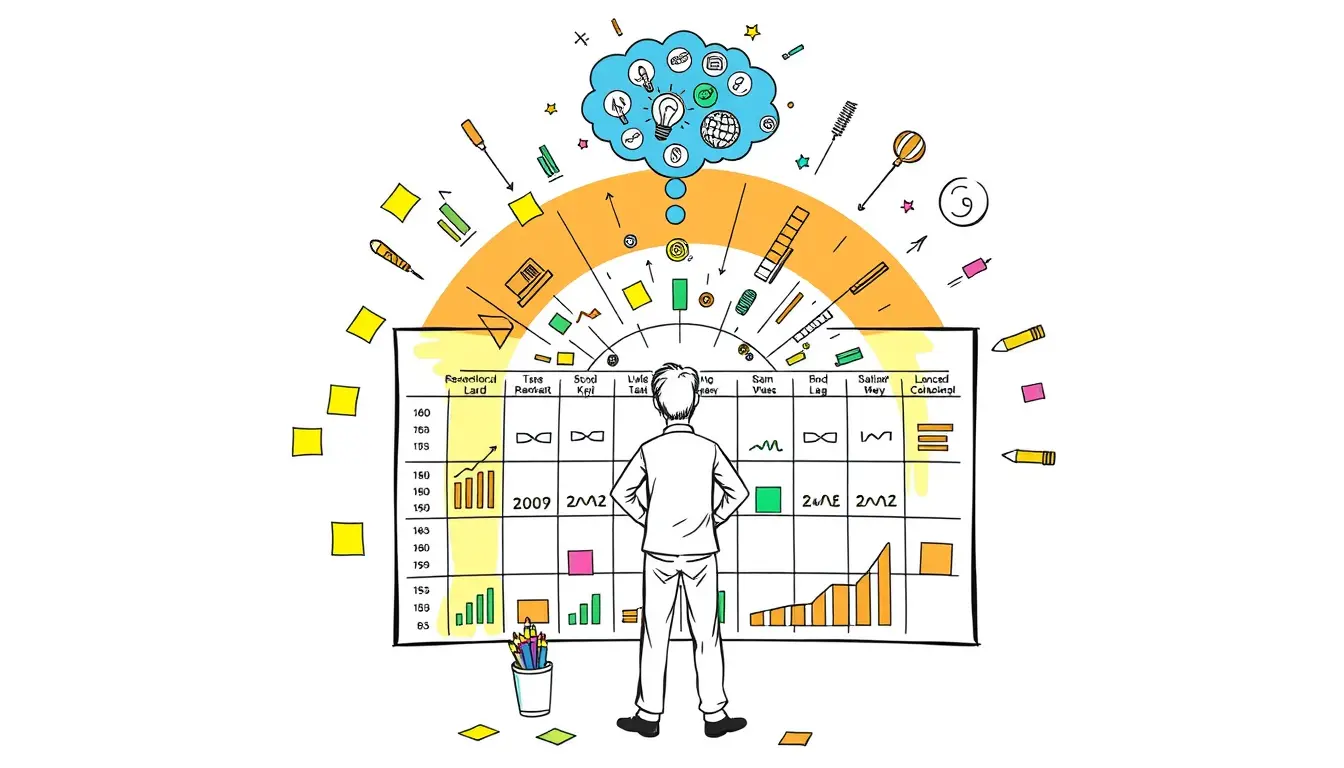If you’re involved in data management or business intelligence, you’ve probably heard of the term “data warehouse.” But what exactly is a data warehouse, and why is it important for businesses? In this article, we’ll provide an overview of what a data warehouse is, how it works, and the benefits it can offer to organizations.
What Is a Data Warehouse?
A data warehouse is a large, centralized repository of data that is used to support business intelligence (BI) activities such as reporting, analytics, and data mining. It is designed to store and manage data from a variety of sources, including transactional systems, operational databases, and external data sources.
Unlike traditional databases, which are optimized for transaction processing, data warehouses are optimized for querying and analysis. They typically store historical data over a long period of time, allowing users to analyze trends and patterns over time.
How Does a Data Warehouse Work?
A data warehouse is typically built using a process known as ETL (extract, transform, load). This involves extracting data from source systems, transforming it into a format that is optimized for analysis, and loading it into the data warehouse.
Once the data is loaded into the data warehouse, it is organized into a schema that is optimized for querying and analysis. This schema is often referred to as a “star schema,” which consists of a central fact table surrounded by dimension tables.
Users can query the data warehouse using BI tools such as SQL-based reporting tools, data visualization tools, and OLAP (online analytical processing) tools. These tools allow users to analyze data from multiple perspectives and generate insights that can be used to inform business decisions.
Benefits of Using a Data Warehouse
There are several benefits to using a data warehouse for business intelligence. These include:
Improved Data Quality
Faster Query Performance
Ability to Analyze Large Volumes of Data
Support for Advanced Analytics
Data warehouses can support advanced analytics techniques such as predictive modeling and data mining, allowing users to generate insights that go beyond simple reporting and analysis.
Best Practices for Building a Data Warehouse
Building a data warehouse can be a complex and time-consuming process, but there are some best practices that can help ensure its success. These include:
Defining Clear Business Requirements
Before beginning the data warehouse design process, it’s important to define clear business requirements. This involves understanding the types of questions that users will be asking of the data warehouse, as well as the types of data that will need to be stored and analyzed.
Designing for Scalability
Data warehouses can grow rapidly over time as new data sources are added and the volume of data increases. It’s important to design for scalability by choosing a scalable architecture and ensuring that the data warehouse can accommodate future growth.
Establishing Data Governance Policies
Data governance policies are essential for ensuring that the data stored in the data warehouse is accurate, consistent, and secure. This involves establishing data quality standards, data security policies, and data access policies.
Implementing an ETL Process
The ETL process is a critical component of any data warehouse, as it determines how data is extracted, transformed, and loaded into the data warehouse. It’s important to implement an ETL process that is efficient, reliable, and scalable.
Choosing the Right Technology Stack
There are many different technologies and tools that can be used to build a data warehouse, including databases, ETL tools, and BI tools. It’s important to choose the right technology stack for your specific needs and ensure that the various components of the stack are compatible with each other.
Conclusion
In today’s data-driven business environment, a data warehouse can be a powerful tool for supporting business intelligence and analytics activities. By centralizing data from multiple sources and providing users with the ability to query and analyze large volumes of data, a data warehouse can help organizations gain valuable insights and make informed decisions. However, building a data warehouse can be a complex and time-consuming process, requiring careful planning, design, and implementation. By following best practices and choosing the right technology stack, organizations can build data warehouses that meet their specific needs and support their business objectives.
FAQ
What is the difference between a data warehouse and a data lake?
A data warehouse is a structured repository of data that is optimized for querying and analysis, whereas a data lake is an unstructured or semi-structured repository of raw data that is used for data exploration and analysis.
What is the difference between a data warehouse and a data hub?
A data hub is a centralized repository of data that is used to support data integration and data management activities. It differs from a data warehouse in that it may not be optimized for querying and analysis.
What is the difference between a data warehouse and a data center?
A data center is a physical facility that houses servers, storage devices, and networking equipment, whereas a data warehouse is a logical construct that is used to store and manage data.
What is a data warehouse appliance?
A data warehouse appliance is a pre-configured, integrated hardware and software system that is designed to provide a turnkey solution for building and managing a data warehouse.
What is data warehousing?
Data warehousing is the process of building and managing a data warehouse, including the design, implementation, and ongoing maintenance of the data warehouse system.














Leave a Reply